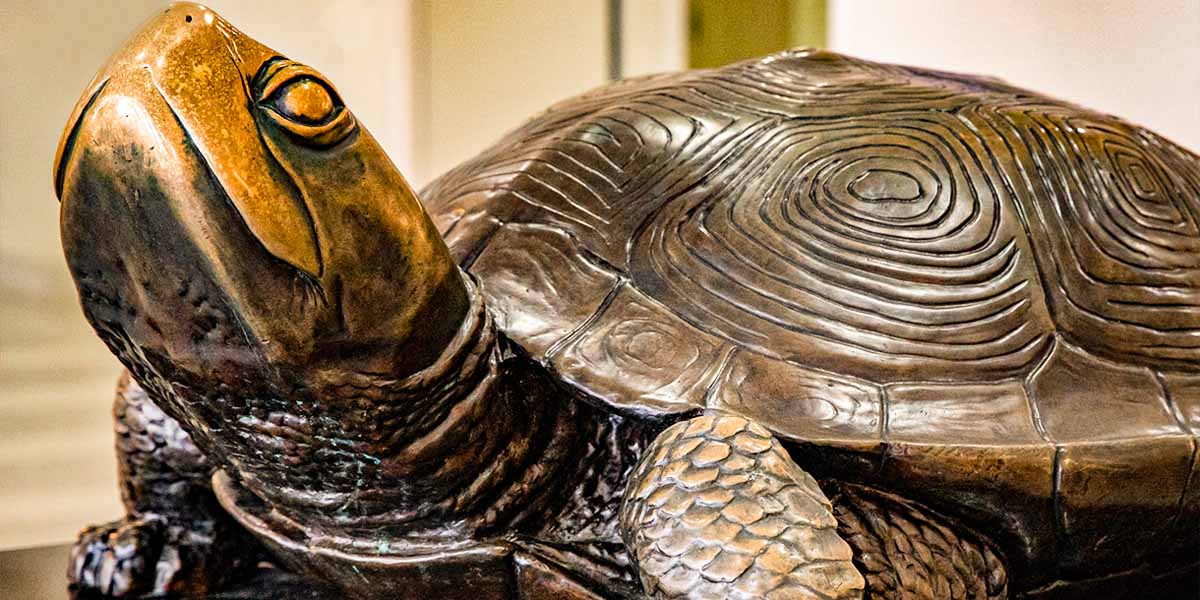
Artificial Intelligence Informs Eating
ACM News
By Paul Marks
FoodVisor is a novel image recognition app that harnesses the image recognition power of deep learning convolutional neural networks (CNNs) to recognize the food on our plates. However, just like the traditionally weighty tasks undertaken by CNNs, which include recognizing objects, faces, or speech, identifying food is also turning out to be a tougher AI task than expected.
The idea behind the app is to boost adherence to calorie-controlled diets by making it easier to chronicle your food intake. Until now, dieters have had to laboriously track what they have eaten by filling in computer or phone-based food diaries after every meal, snack, or drink, as many do on popular commercial slimming programs like the Weight Watchers plan from WW International of New York, for instance.
Although smartphones have made this easier because the diary app is almost always at hand on an always-on device, unlike a Web-based interface on a laptop or desktop, entering detailed meal ingredient info and rotating through menus to select the amounts you’ve eaten is still an unwieldy hassle; so much so, that it is one of the reasons people give up on diets.
“For novices who are new to food tracking, manually logging calories is burdensome and hard to do accurately,” says Eun Kyoung Choe, an information scientist specializing in human-computer interaction and health at the University of Maryland (UMD) in College Park, MD. “Automating this process, assuming that the information is accurate, could be useful in many ways.”